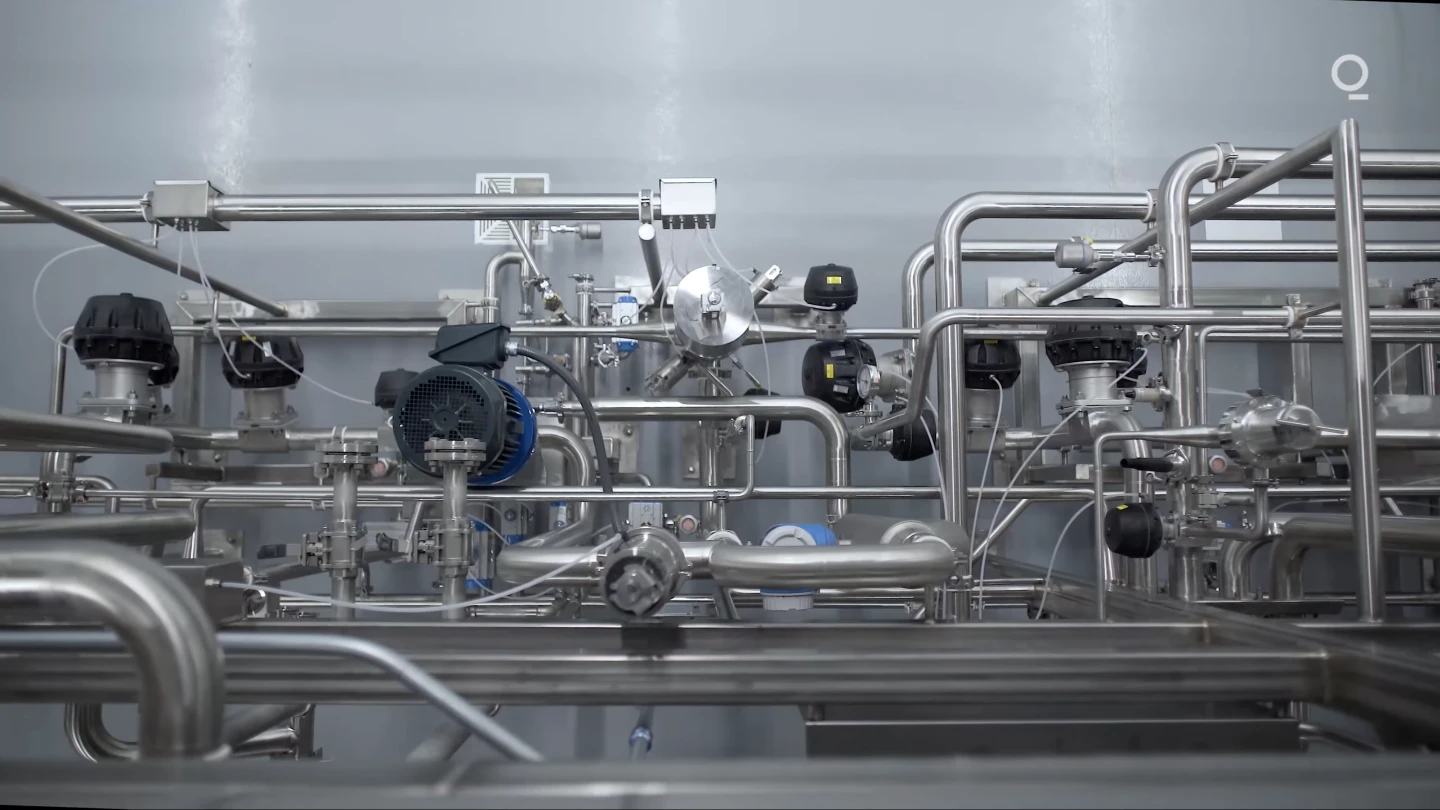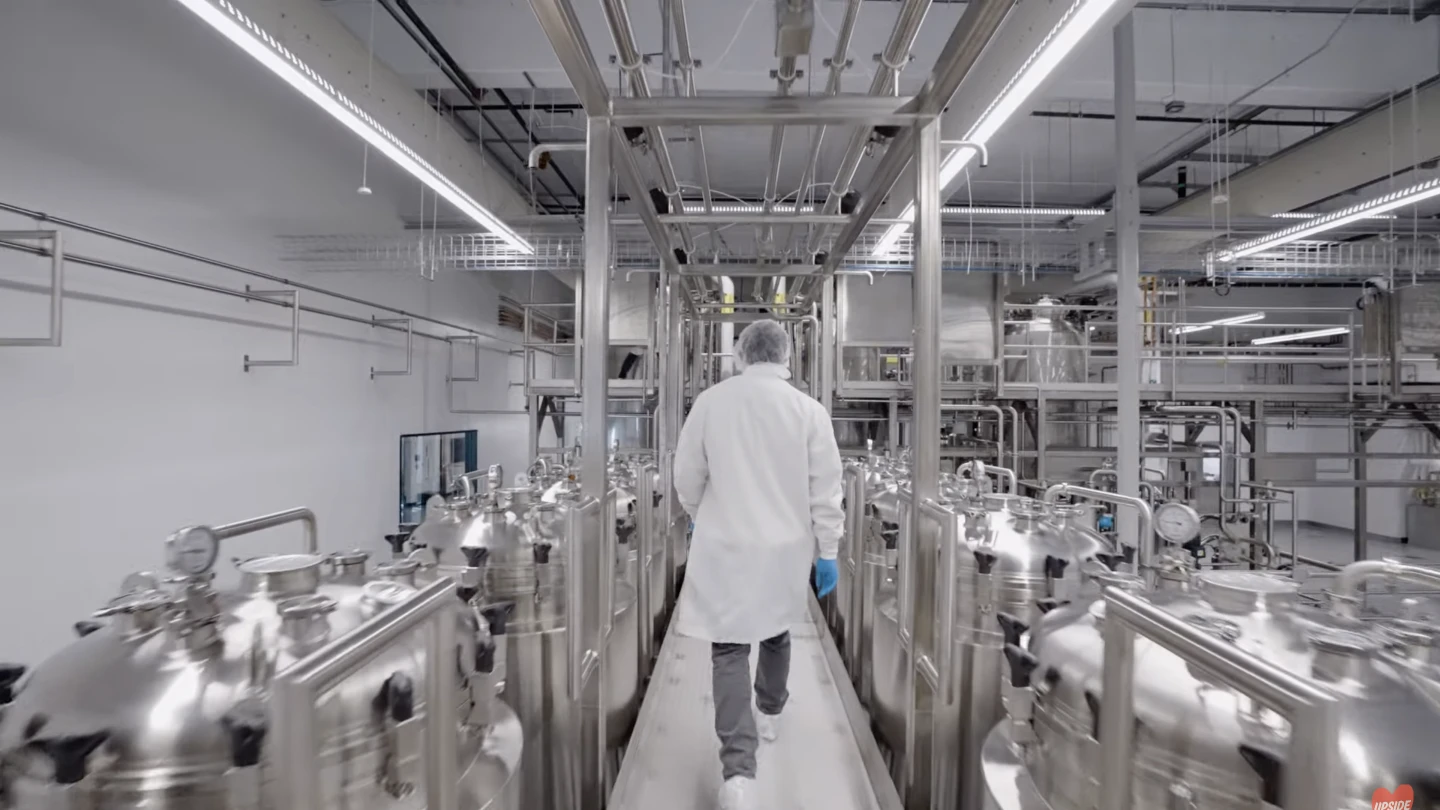What Are the Health Effects of Eating Lab-Grown Meat?
We don’t know. Because it’s a new creation, no studies have been done on the long-term health impacts of eating lab-grown meat.
Immortalized Cells in Lab-Grown Meat
Some lab-grown meat companies use “immortalized” cells whose behavior is comparable to a tumor.
Naturally, animal cells can divide and replicate a limited number of times. But if you’re trying to grow meat in a metal vat, you need cells that can keep dividing infinitely. These are called “immortalized” cells.
Immortalized cells have historically been used in scientific research–not consumed by people. And the data on its safety is lacking. Bloomberg News reported, “Despite the informal scientific consensus around the safety of immortalized cells, there just aren’t any long-term health studies to prove it.”
One scientist went further, telling Bloomberg, “The best way is to give it to people and then ask them 20 years later or 30 years later, ‘Has any of you gotten cancer at a higher-than-normal rate?’ But that’s not a practical experiment.”

Chemicals in Lab-Grown Meat
In order for lab-meat cells to grow and multiply, companies bathe the cells in a cocktail of growth factors.
Some companies use fetal bovine serum–a liquid extracted from the fetus of cows. However, other companies use different recipes. And what exactly is in these cocktails is sometimes not disclosed to the public because it is deemed a company secret.
Patents on lab-grown meat manufacturing processes provide insight into the chemicals that may be used in lab-grown meat, including hormones and preservatives.
A University of Missouri patent states:
In some embodiments, the engineered meat products, engineered layers, and/or multicellular bodies include one or more of: matrix proteins, proteoglycans, antioxidants, perfluorocarbons, and growth factors. […]
Some, but not all, growth factors are hormones. Exemplary growth factors are insulin, insulin-like growth factor (IGF), nerve growth factor (NGF), vascular endothelial growth factor (VEGF), keratinocyte growth factor (KGF), fibroblast growth factors (FGFs), including basic FGF (bFGF), platelet-derived growth factors (PDGFs), including PDGF-AA and PDGF-AB, hepatocyte growth factor (HGF), transforming growth factor alpha (TGF-α), transforming growth factor beta (TGF-β), including TGFβ1 and TGFβ3, epidermal growth factor (EGF), granulocyte-macrophage colony-stimulating factor (GM-CSF), granulocyte colony-stimulating factor (G-CSF), interleukin-6 (IL-6), IL-8, and the like.
In some embodiments, the engineered meat products, engineered layers, and/or multicellular bodies include one or more food preservatives known to the art. In some embodiments, the preservatives are antimicrobial preservatives including, by way of non-limiting examples, calcium propionate, sodium nitrate, sodium nitrite, sulfites (e.g., sulfur dioxide, sodium bisulfite, potassium hydrogen sulfite, etc.) and disodium ethylenediaminetetraacetic acid (EDTA). In some embodiments, the preservatives are antioxidant preservatives including, by way of non-limiting examples, butylated hydroxyanisole (BHA) and butylated hydroxytoluene (BHT).
What Does the Government Say?
A recent decision by the Food and Drug Administration to allow the sale of lab-grown meat may lead to consumers serving as the test subjects. Italy recently prohibited the sale of lab-grown meat.
Are Chemicals Used to Make Lab-Grown Meat Harmful?
Many of the hormones and preservatives that can be used to make lab-grown meat are also linked to negative health effects. Here are a few examples:
Butylated Hydroxyanisole (BHA)
Calcium Propionate
Linked to migraines and headaches
Ethylenediaminetetraacetic Acid (EDTA)
Side effects include kidney damage
Epidermal Growth Factor
Insulin-like Growth Factor
Nerve Growth Factor
Granulocyte-Macrophage Colony-Stimulating Factor
